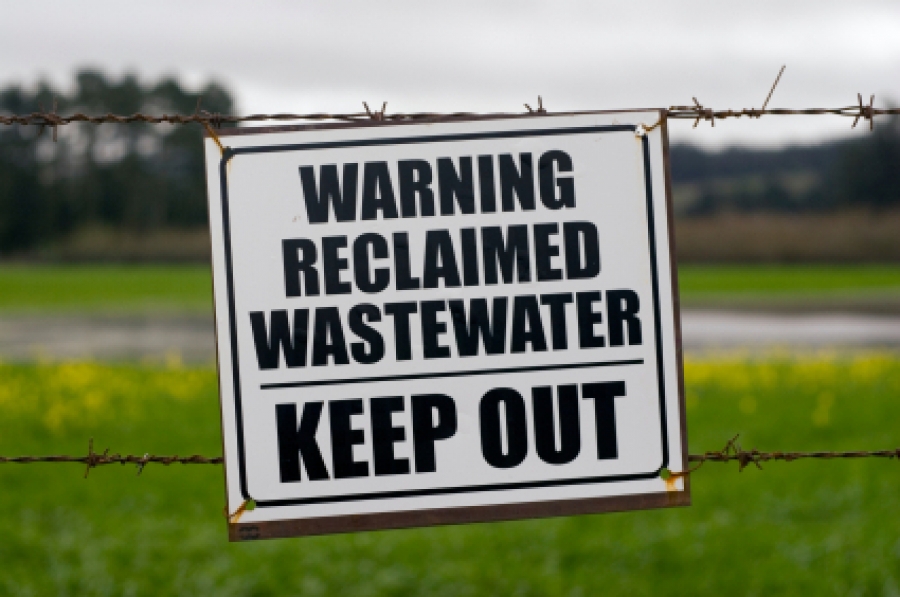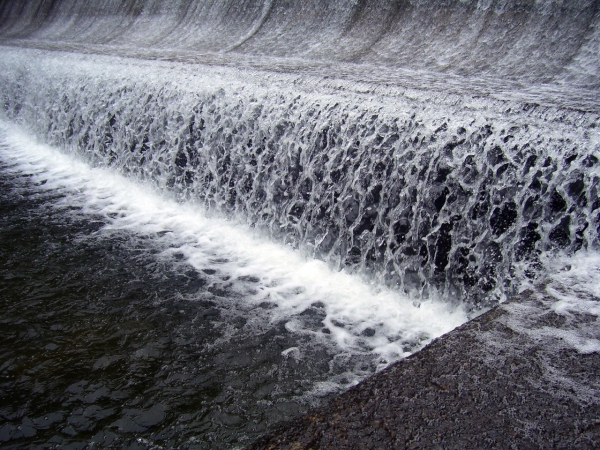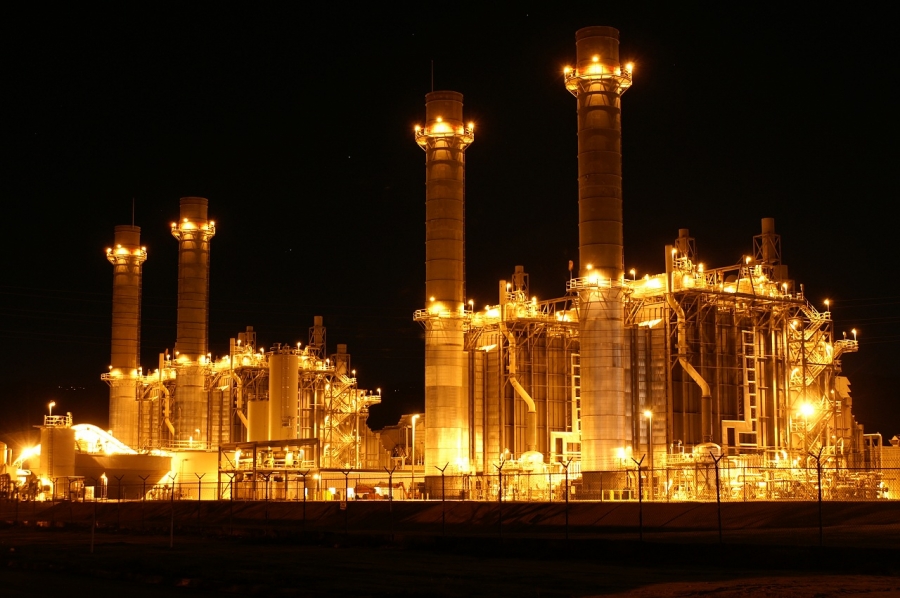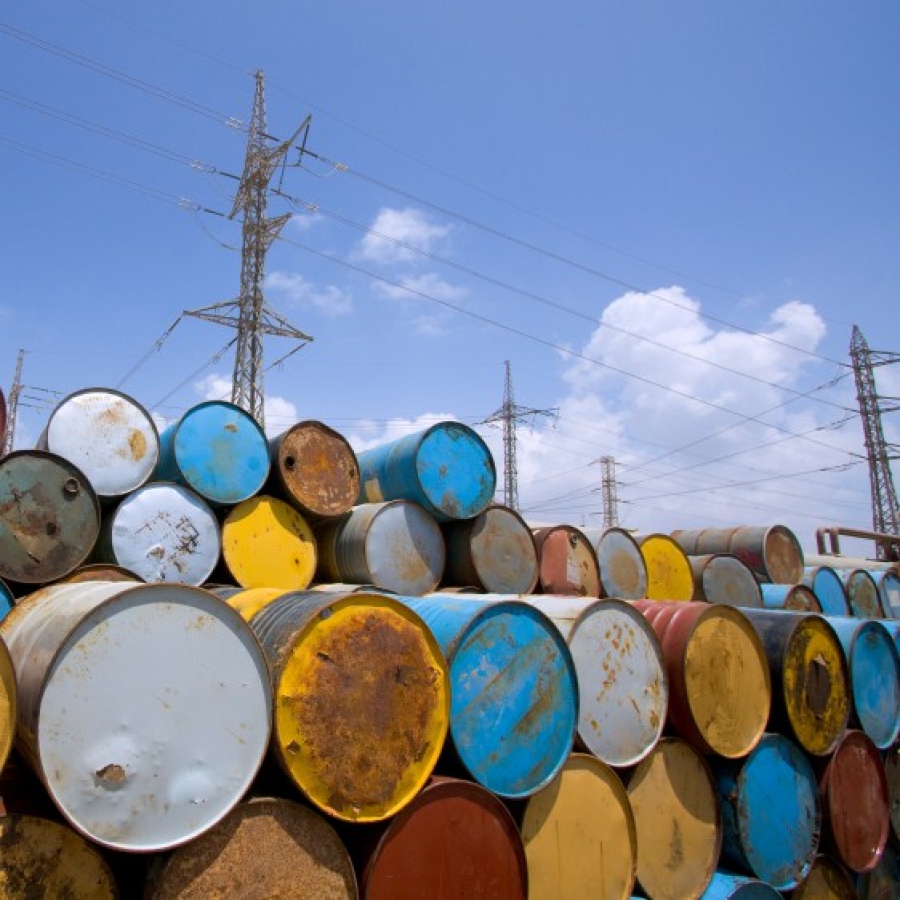U.S. Wastewater Infrastructure: Funding Issues and Aging Systems
Wastewater systems is the sixth topic in our U.S. infrastructure series. The American Society of Civil Engineers (ASCE) assigned the United States’ WASTEWATER infrastructure a grade of “D-” on their 2009 Report Card for America’s Infrastructure. Here we explore the funding issues that effect the aging treatment plants and waterways that make up our nation's wastewater infrastructure.

June 1974. Upon graduation from college I drove 1,500 miles west, to Kansas City, to begin my engineering career. My first assignment: drafting and structural design on a wastewater treatment plant in Paragould, Arkansas. The plant was being upgraded by adding biological treatment and more hydraulic capacity and reconfiguring lagoons to serve as wet weather equalization ponds (and probably some other things I’ve forgotten). Ninety percent of the cost of improving the plant was to come from a federal construction grant, with the remaining 10% to come from local funds. Such was the civil/environmental engineering world after 1972, a year that saw a dramatic turn.
The Clean Water Act
Before 1972, the amount of water and wastewater work was fairly balanced, but the Clean Water Act was passed that year, and the federal government began to pour millions of dollars into wastewater collection and treatment. Suddenly the workload shifted to wastewater, and engineering firms geared up accordingly.
A mandate of "fishable, swimmable waters” meant better collection systems, separation of wastewater from stormwater, and a higher level of treatment. Wastewater, both domestic and industrial, obviously contributed to pollution -- an easily identified point source and a good place to spend those newly available dollars. Millions became billions, and many gallons of sewage were captured and treated, gallons that used to go into rivers, bays, and oceans either untreated or undertreated. Our waters did indeed become cleaner: America and Americans were committed and on a roll. Now it is 2010, and those treatment plants built with 90/10 funds are aging. We know more about treatment now, and some of the processes used then might not be used now, especially as effluent regulations have become tighter.
Current Wastewater Snapshot
The ASCE report card says that "the physical condition of many of the nation’s 16,000 wastewater treatment systems is poor due to a lack of investment in plants, equipment, and other capital improvements over the years.” The ASCE’s conclusion is that the next 20 years need to see much investment simply to comply with current regulations. The website of the Environmental Protection Agency (EPA) does not even list wastewater among the popular topics. (You have to search for it.) As long as federal dollars were available to cover most of the cost, we built wastewater systems, but once construction grants were eliminated or replaced by low interest loans, once new plants had to be maintained, local money was not enough.
What Does the Future Hold?
In a growing city, the capacity of the wastewater systems must likewise grow. In a city with a stable population, the system still must be maintained. Pumps wear out. Tanks must be painted. Grounds must be maintained. Aeration equipment only lasts so long. But how dire is the problem? Does the state of America’s sewers and wastewater treatment plants warrant the D- grade given to it by the ASCE? EPA data indicate about $918 billion from all sources was spent on wastewater systems from 1972 to 2005, a period of 33 years. They estimate that $390 billion is needed over the next 20 years for maintenance, replacement, and upgrading, and that funding at this level is not presently in place. These estimates actually seem somewhat proportional, and the $390 billion sounds like nothing more than the normal expenses one might expect to spend every 30 years or so on something as complex as wastewater systems. The low grade may, therefore, be based on the fact that the utilities have not planned on these needs and have not adjusted their rate structures to develop a sinking fund to replace aging plants.
While wastewater systems are aging, my experience in this industry is that most are well maintained by diligent operators and concerned communities. Those systems I’ve worked with have been fully funded for ongoing expenses, capital maintenance, and debt service by user fees. Major capital projects are funded by any combination of state revolving loan funds, revenue bonds, and general obligation bonds. According to the ASCE, these current user fees are not enough to do all that is required in the next 20 years. From where will the rest of the money come? Can user fees be raised to a level sufficient to fund additional debt service or to create sinking funds for future improvements? Will state revolving loan funds be increased at state initiative? Or must federal dollars again be made available so that they become the lion’s share, as they were almost 40 years ago?
Meanwhile, as funding is worked out, wastewater gets the lowest grade in the ASCE's infrastructure report card (tied with three other types of infrastructure). Yet those thousands of publicly owned wastewater plants keep “chugging” away, turning sewage into cleaner effluent, helping to meet that national goal for waterways. Maintenance gets done. Expansions happen. Operators are trained and licensed. Knowledge keeps expanding. That Paragould, Arkansas, plant is still working, 35 years after I worked on it. If we can just work out the funding, maybe wastewater can get a C on the next report card.

David A. Todd
A senior engineer and corporate trainer of engineering for CEI Engineering Associates, Inc. David has 36 years of experience as a consulting civil engineer. His experience includes water, wastewater, stormwater, roads, and solid waste infrastructure. For much of the last 20 years he has been involved with stormwater issues. Specifications and construction administration have been a specialty of his within civil consulting engineering . He has BS and MS degrees in Civil Engineering, is a registered engineer in four states, and a Certified Professional in Erosion and Sediment Control.






